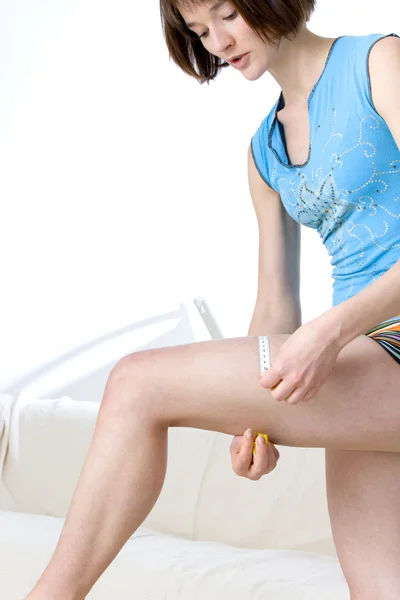The average lifespan of breast implants
Breast augmentation is a great method to improve the look and appearance. Although generally safe and designed to last a long time but there is a difference in the American Society of Plastic Surgeons declares that implants aren’t classified as “lifetime devices.”
Implants today are made to last for more than a decade and the likelihood of rupturing growing by one percent per year. Also, the more seasoned implant you have, the higher chances of rupture and other complications.
In many instances breast implants, they can stay in good condition for 20 to 30 years or more. Every woman is different and the longevity implant’s life will be contingent on your body’s condition and the way you take care of your implants.

Signs that replacement or removal is necessary
The following conditions could necessitate the removal of breast implants.
Hardening
Many people from ( ReliableSource) create capsular contracture or scar tissue that has hardened around the implants.
This may also result in tenderness, tightness, pain, and a variety of abnormal changes to the breast.
In rare cases, it is possible to cause hardening multiple times to the same breast.
Saline rupture (leakage and deflation)
If a breast implant made of saline ruptures due to the rupture of the shell of the implant will start to shrink like balloons.
The saline contained in the implant will leak and be absorbed into your body. This can occur quickly or throughout several days.
The deflation might not be evident until all the saline is released. Your breasts will lose their shape and size and appear quite different than your normal breasts.
Reflux of breast implants is an uncommon (Reliable Source) within the first few years, however, the risk will increase with time.
Silicone rupture (silent rupture)
Implants made of silicone can also break.
Silicone gel is denser than saline. If a silicone implant breaks it will usually remain inside the implant or the surrounding scar tissue.
As a result the ruptured silicone implants usually remain unnoticed. This is why silicone ruptures are also referred to as “silent ruptures.
The majority of people (Reliable Source) do not experience any signs or symptoms. When symptoms do occur They could include:
- smaller breasts
- hard knots
- an unbalanced appearance of breasts
- The tenderness or pain
- tingling
- swelling
- Apathy
- burning
- Changes in sensation
While the exact rate of rupture of silicone isn’t known, however, it’s believed to be between 2 and 12 percent. (Source).
Implants can break immediately while others break after several years, and some after 10 or more years.
Palpability and rumbling
Rippling happens when the implant begins to develop the appearance of wrinkles or even ripples. Palpability refers to the ability to feel the ripples whenever you are touching your breasts. In certain cases, the changes may also be observed on the surface of your body.
If you feel or notice wrinkles in your implant it is possible to think about replacing it or even removing it.
Change in place
Breast implants won’t stop your breasts from shrinking as you get older. The effects of gravity will continue to be a burden. Weight loss and weight gain can also lead to sagging and stretching of breasts.
It is possible to notice that one breast is hung lower than another and that the nipples are pointed in different directions than before.
If you’re unhappy with these changes, cosmetic lift (or implant repair) can aid in restoring your breasts to their former form.
Implants that are properly cared for extend the life of implants.
Careful maintenance of your breast implants is a great way to extend their lifespan This care should begin when you are recovering from your breast augmentation. For instance, your plastic surgeon will suggest wearing appropriate bra support or surgical bra while recovering. If you don’t follow this advice, the absence of support may result in a greater sagging of the body as time passes.
It is important to adhere to the guidelines of your plastic surgeon regarding annual examinations, in addition to performing regular self-checks. If you’re wearing silicone implants The FDA suggests having the MRI three years following the first surgery, and every two years thereafter. Making sure you take care of your implants can help prolong the lifespan of your new appearance and provide you with a long time before you’re likely to require a breast implant replacement.
What should you expect from implant replacement
The procedure of implant replacement involves a process where your physician swaps off your implants in exchange for an improved model. The decision to keep the same kind, size, and shape is entirely your choice,
The procedure can be combined with surgery to lift the breasts or remove scar tissue.
The expense of replacing implants is greater than the cost of implant removal. It is necessary to cover the cost of the removal procedure implant, the replacement implant, as well as any associated procedures.
Based on your specific procedure and the location of your procedure and the location of your procedure, your total out-of-pocket expense could range between $2,500 and $7,500.


